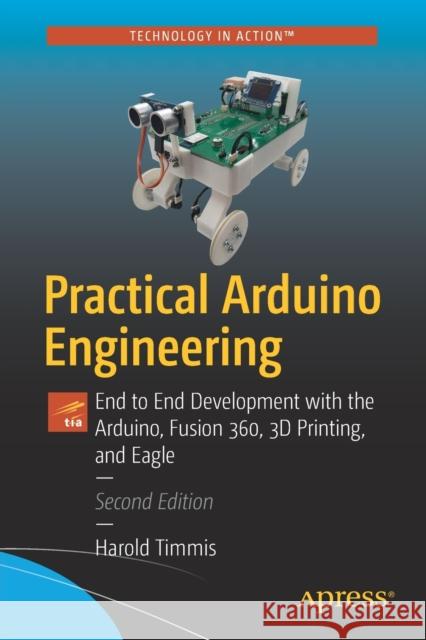Practical Arduino Engineering: End to End Development with the Arduino, Fusion 360, 3D Printing, and Eagle » książka
topmenu
Practical Arduino Engineering: End to End Development with the Arduino, Fusion 360, 3D Printing, and Eagle
ISBN-13: 9781484268513 / Angielski / Miękka / 2021 / 580 str.
Practical Arduino Engineering: End to End Development with the Arduino, Fusion 360, 3D Printing, and Eagle
ISBN-13: 9781484268513 / Angielski / Miękka / 2021 / 580 str.
cena 281,10 zł
(netto: 267,71 VAT: 5%)
Najniższa cena z 30 dni: 281,77 zł
(netto: 267,71 VAT: 5%)
Najniższa cena z 30 dni: 281,77 zł
Termin realizacji zamówienia:
ok. 16-18 dni roboczych.
ok. 16-18 dni roboczych.
Darmowa dostawa!
Kategorie:
Kategorie BISAC:
Wydawca:
Apress
Język:
Angielski
ISBN-13:
9781484268513
Rok wydania:
2021
Ilość stron:
580
Waga:
0.82 kg
Wymiary:
23.39 x 15.6 x 3.07
Oprawa:
Miękka
Wolumenów:
01
Dodatkowe informacje:
Wydanie ilustrowane











